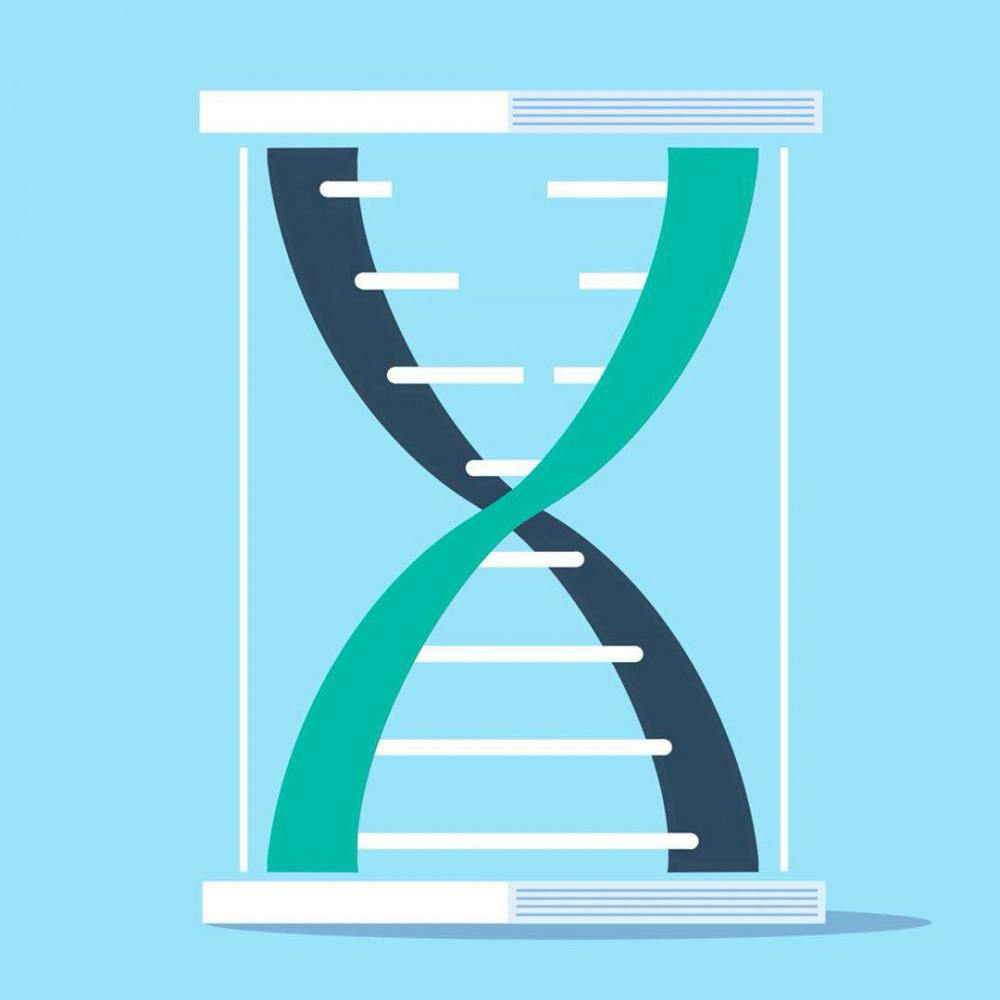Many say age is just a number, but a recent research study involving short pieces of cell-free DNA has added some scientific truth to this common cliché.
University researchers, in tandem with researchers in Bologna, Italy and Belo Horizonte, Brazil, published a study in December proposing a link between cfDNA, which circulates in the blood outside of cells, and biological age, the age of humans’s bodies, which can differ from their chronological age, said Assistant Professor of Biology and co-author of the study Nicola Neretti. The study suggests that hundred-year-old, healthy individuals show similarities in their genetic structure to those about 75 years younger, he added. If further developed, these findings could help scientists better understand the health implications of aging and possibly determine the efficacy of related drugs.
Through sequencing, the researchers examined the nucleotides — the coding components of DNA — comprising the cfDNA taken from the blood of 12 individuals divided into four age groups: approximately 25-year-old “young” individuals, 70-year-old “old” individuals, “healthy” centenarians and “unhealthy,” bedridden centenarians who failed a mental score exam, said Yee Voan Teo GS, the first author of the study. All the subjects were residents of Bologna, according to Neretti.
As people age, the spacing between their nucleosomes becomes less optimal, Teo said. Nucleosomes are components of chromatin, a substance which consists of DNA wrapped around proteins. After analysis of the cfDNA, the results of the experiment indicated that a healthy centenarian’s nucleosome profile most closely resembled the profiles of the young age group, while the unhealthy centenarians and old age group had nucleosome arrangements that were consistent with a greater biological age, she added.
The distinction between more “open” euchromatin, which includes the DNA of genes that are transcribed and expressed, and more “compact” heterochromatin, which is denser and contains DNA that does not code for proteins, decreases with age, Neretti said. He added that such changes define the epigenome, which includes all chemical DNA modifiers of a person. “Most, if not all, the old individuals studied did not have an epigenome that was as young as the (healthy) centenarians’,” Neretti said. Healthy “centenarians tend to have a level of distribution of compactness versus openness that is more similar to the young individuals than the old individuals,” he added. These “centenarians appear to have a healthier epigenome,” Neretti said.
To arrive at these results, the teams in Bologna, Belo Horizonte and at the University had to apply their respective knowledge in longevity, immunology and computational biology and epigenomics, Neretti said. Those from Bologna, led by Professor Claudio Franceschi at the University of Bologna, and those from Brazil helped obtain the cfDNA. Afterwards, researchers at the University undertook the analysis of the data, Neretti said. Neretti’s team was tasked with identifying the age-related alterations in various regions of the genome, he said.
The small size of cfDNA makes it especially suitable for analysis, Neretti explained, and facilitates visualization of a nucleosome’s location.
Teo believes that observing the correlation between biological age and the cfDNA results in samples taken from people rather than from cells grown in culture is an “important step forward in understanding how (this process) actually happens in humans.”
Better identifying the cells that the cfDNA came from is a possible future step, Neretti said. To accomplish this goal, the researchers hope to improve the procedure for studying cfDNA from non-cancerous tissues, which release less cfDNA than cancer tissues, Teo said. In the past, most studies on cfDNA have focused on cancer research, Teo added.
Another future goal for the project includes expanding the number of study subjects, Teo said. Teo hopes later experiments will examine gradual changes in cfDNA through more age groups.
“We also want to get individuals from real different backgrounds, not just from that region of Italy. We would have to expand to other regions,” Neretti said.
Looking ahead, the study may contribute to multiple advances within science and medicine, especially if cfDNA can serve as a biomarker, the authors of the study said. The data “provides a glimpse into how (cfDNA) can be used to predict the health status” and “potentially predict the biological age” of an individual, Teo said.
Similarly, Assistant Professor at the University of Bologna Miriam Capri, another co-author, wrote that the “results pave the way to identify predictors of unhealthy conditions and mortality.”
The experiment also indicates that cfDNA could be analyzed to test a drug’s or process’s effectiveness in slowing down aging, Neretti said. “Potentially, if we could fine tune the predictive power in terms of cell-free DNA versus biological age, then we could use this cell-free DNA biomarker to help in those studies,” he added.
Treatments for illnesses afflicting the elderly could be developed with additional studies on the connection between age and chromatin structure, Teo said.
Professor Peter Adams, who works at the Sanford Burnham Prebys Medical Discovery Institute and was not involved in the study, was interested by “the suggestion that by looking at this DNA … there are potentially molecular markers on that DNA which can predict healthy versus unhealthy aging.” He has undertaken research on changes in DNA and biomarkers that could help reveal more about the health effects that await an aging individual. He added that analyzing data from more individuals is necessary to substantiate what was found. These predictions could help “treat diseases earlier and maybe prevent diseases, which is good for the individuals, but it’s also good in terms of probably allocating health care resources,” Adams said.





